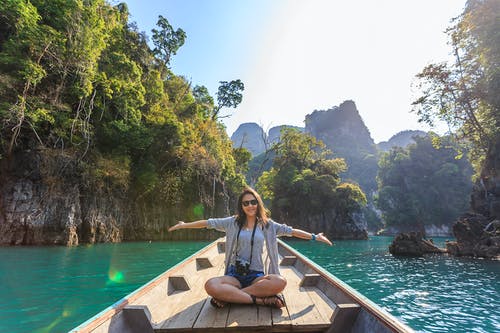
What is ecotourism and how can we practice it?
Lockdown meant that our world slowed to a halt – roads emptied of cars, public spaces emptied of people, skies emptied of planes. And while that was all devastating and terrifying, the total world shutdown brought some unexpected benefits. We all saw the photos of the canals in Venice run clear and sea animals return to them, and air quality also improved due to our lack of movement in cars, buses and planes around the world.
But now that life is back to normal, many of us have been questioning our tourism practices – what is our role in air pollution, even if we just go on one or two holidays a year? What is our social responsibility to the countries we’re visiting, aside from abiding by their coronavirus guidelines? Should Venice not always have sea animals in their canals, should India’s river Ganga not always run as clear as it did when visitors dropped off and there was a 500% reduction of sewage and industrial effluents?
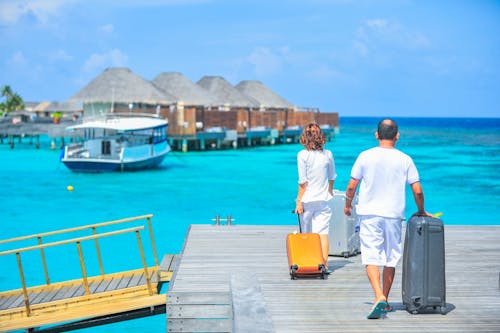
We have to consider our own role in the environmental health of the countries we visit and educate ourselves as to how we can respect the environment and people who live there so that it can continue being a beautiful place for others to go.
Ecotourism is all about leaving as small a carbon footprint and having as little impact as possible on the local communities and environments you visit while on holidays. It’s all about keeping beautiful environments preserved as well as possible and supporting less-impactful tourism ventures that support the local community, wildlife and ecosystem.
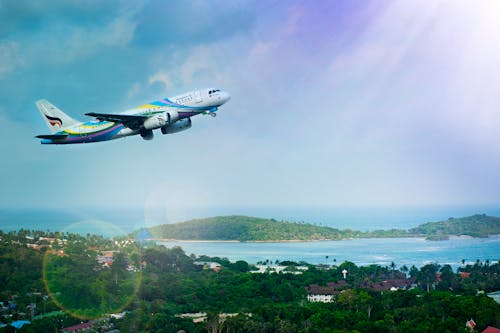
There are several pillars of ecotourism:
Tourist activities available should not exploit the natural environment or local communities.
Any planned developments should be discussed and planned in consultation with local communities to ensure they are supported and heard.
Any new infrastructure should improve life for locals as well as tourists.
And while all of those guidelines can help you to support ecotourism-friendly infrastructure, what can you actually do on an individual level to sight-see and travel in a low-impact way?
Follow environmental guidelines
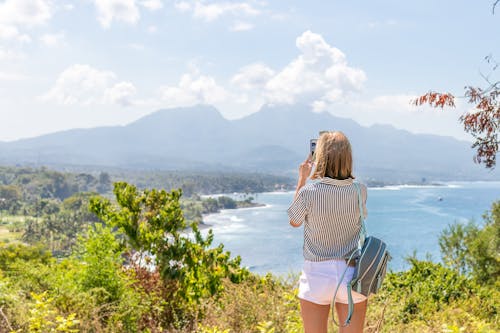
When visiting natural beauty spots, make it your priority to protect the environment. You can do this by keeping to footpaths rather than creating your own trails that may hurt wildlife, cleaning up any rubbish and bringing it with you and ensuring you don’t start any fires with cigarettes. Don’t feed or scare any animals or disturb their nests or dens for photos or to interact with them.
Support local

Eat in restaurants run by locals and try to order local foods and drinks. This way you won’t be supporting any imported products and can really get to know the local cuisine. You’ll be getting the freshest food and drink and will get to try new things too! Try to do your shopping in the local markets to support nearby farmer’s produce and research your accommodation to ensure you’ll be staying in a place that benefits the local community – you’ll be well-looked after and can get all the insider’s local tips from your host!
Visit low-impact facilities
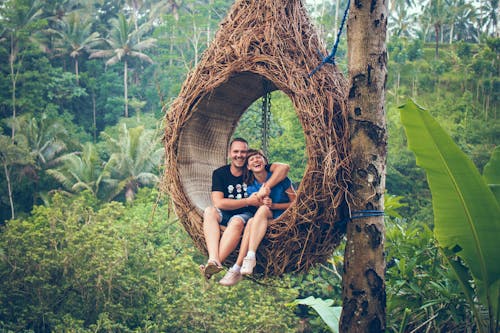
Visiting places that are empowering to the local communities and environment can make a huge difference to the kinds of facilities that continue to pop up in that area. For example, visiting places that exploit wild exotic animals for tourist entertainment is something that we may not all recognise at first – we’re excited to see these animals and interact with them. But try to check beforehand what kind of practices this place has – is it an animal show or is it a conservation facility? Research how they’re treating their animals and try to find some local information on them. All may not be as it seems, so be mindful of who and what you are supporting.






